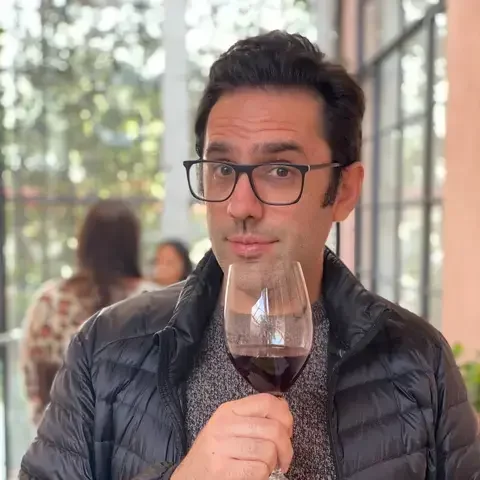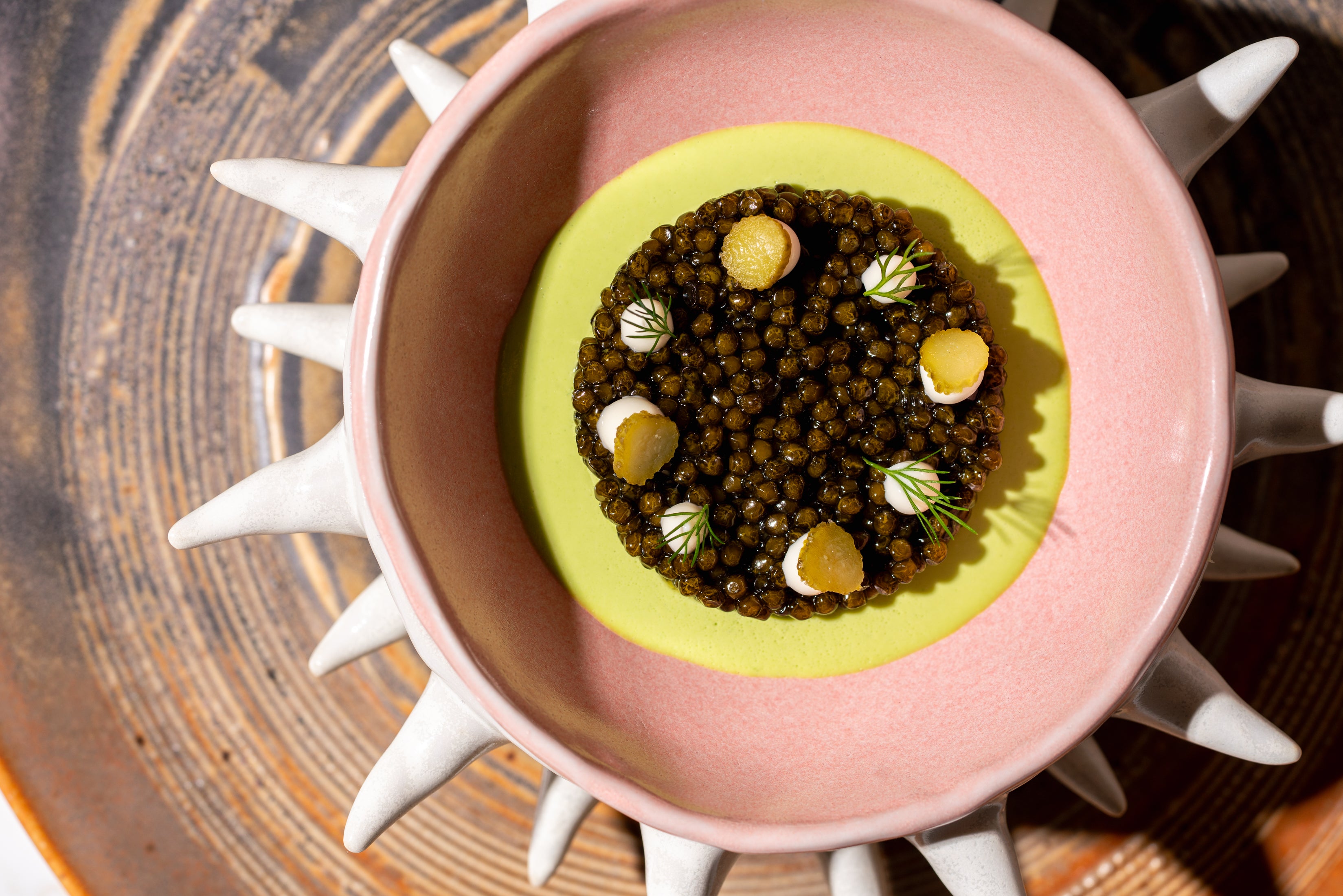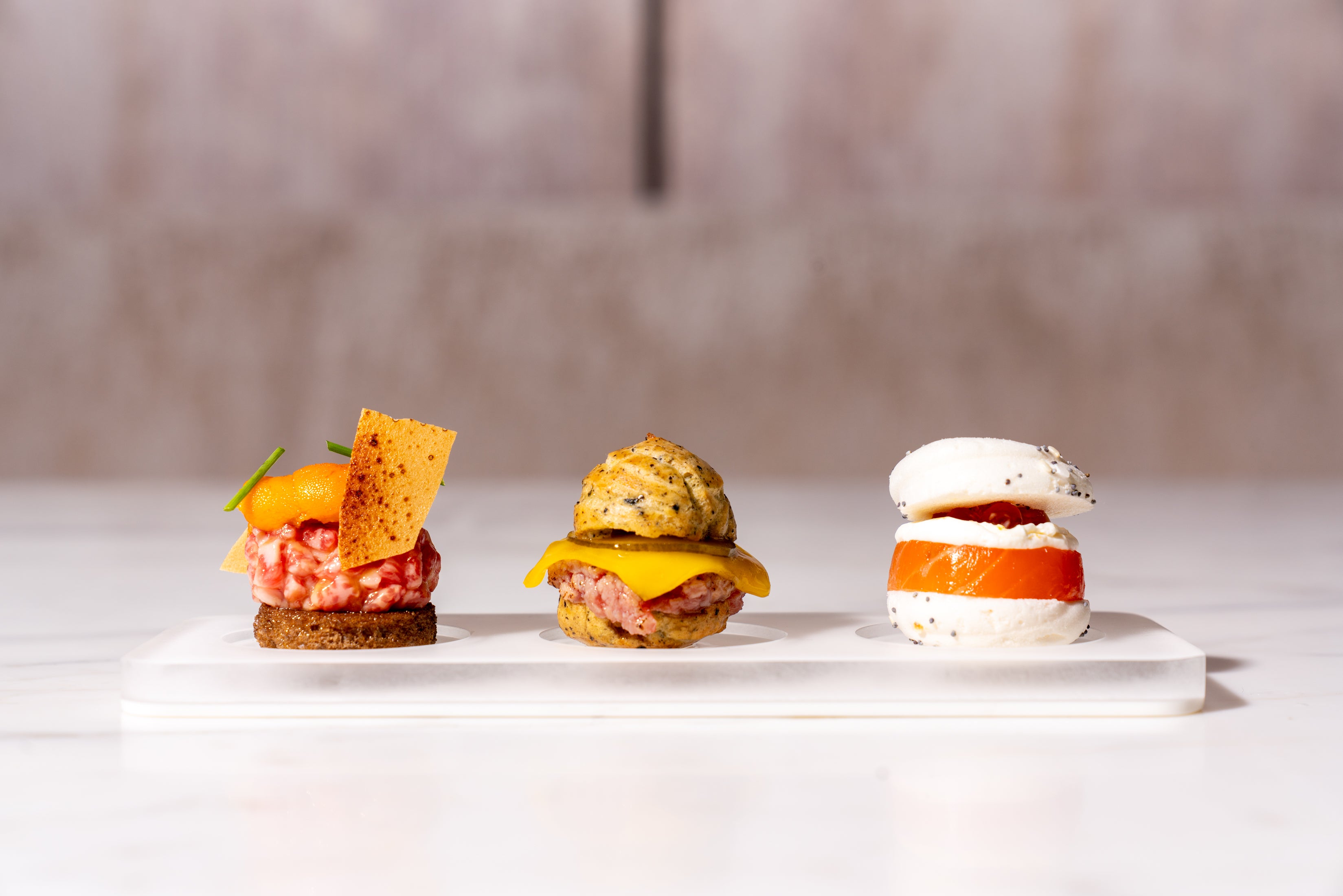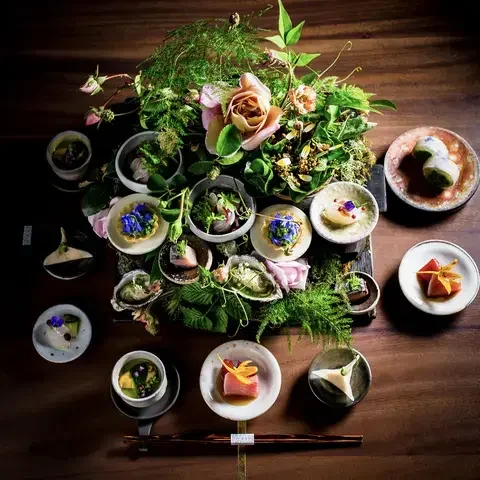Chef Jiho Kim didn’t come to America to become a chef. When he moved from South Korea to Boston in 2004 at the age of 28, he barely spoke English and had no formal training—just a willingness to work hard. His first job in the U.S. was in a cookie production facility, baking and cleaning for long shifts without complaint. “Even that job was super boring,” he says, “but I cleaned the kitchen by myself. The owner saw me and thought, ‘This guy’s different.’” That small moment of recognition would set Kim on an unexpected journey from back-of-house laborer to the visionary chef behind Joomak, one of New York’s most ambitious new tasting-menu restaurants.
Formative Years: From Cookies to Cookbooks
Kim’s culinary career didn’t begin in a kitchen with tweezers—it started with cookies on a production line. At his first job in Boston, he wasn’t making dough, just scooping and baking cookies in bulk. “I didn’t even speak English,” he says. But the bakery owner took notice of Kim’s diligence and connected him to a friend who ran a small bistro. That second job, prepping salads and flatbreads, became Kim’s unofficial culinary training ground.
Over time, Kim cycled through a string of kitchens to make ends meet—until 2006, when he landed a pastry position at L’Espalier, one of Boston’s premier fine dining institutions. It was there that Chef Frank McClelland changed the course of Kim’s life.
“One day, he called me into the private dining room. I thought I was getting fired,” Kim recalls. “But instead, he said, ‘I see how hard you work. I think you have talent, and I want to invest in you.’”
That investment came in the form of a solo trip to New York City, arranged and paid for by McClelland, to experience the best of fine dining firsthand. Kim remembers walking into Daniel—then a three-Michelin-starred restaurant—with a borrowed jacket and wide eyes. “It felt like Leonardo DiCaprio in Titanic, sneaking into the fancy part of the ship,” he laughs. “That one dinner changed my life. I knew then: I want to work in a place like this.”















